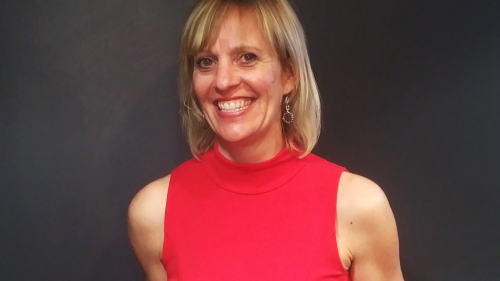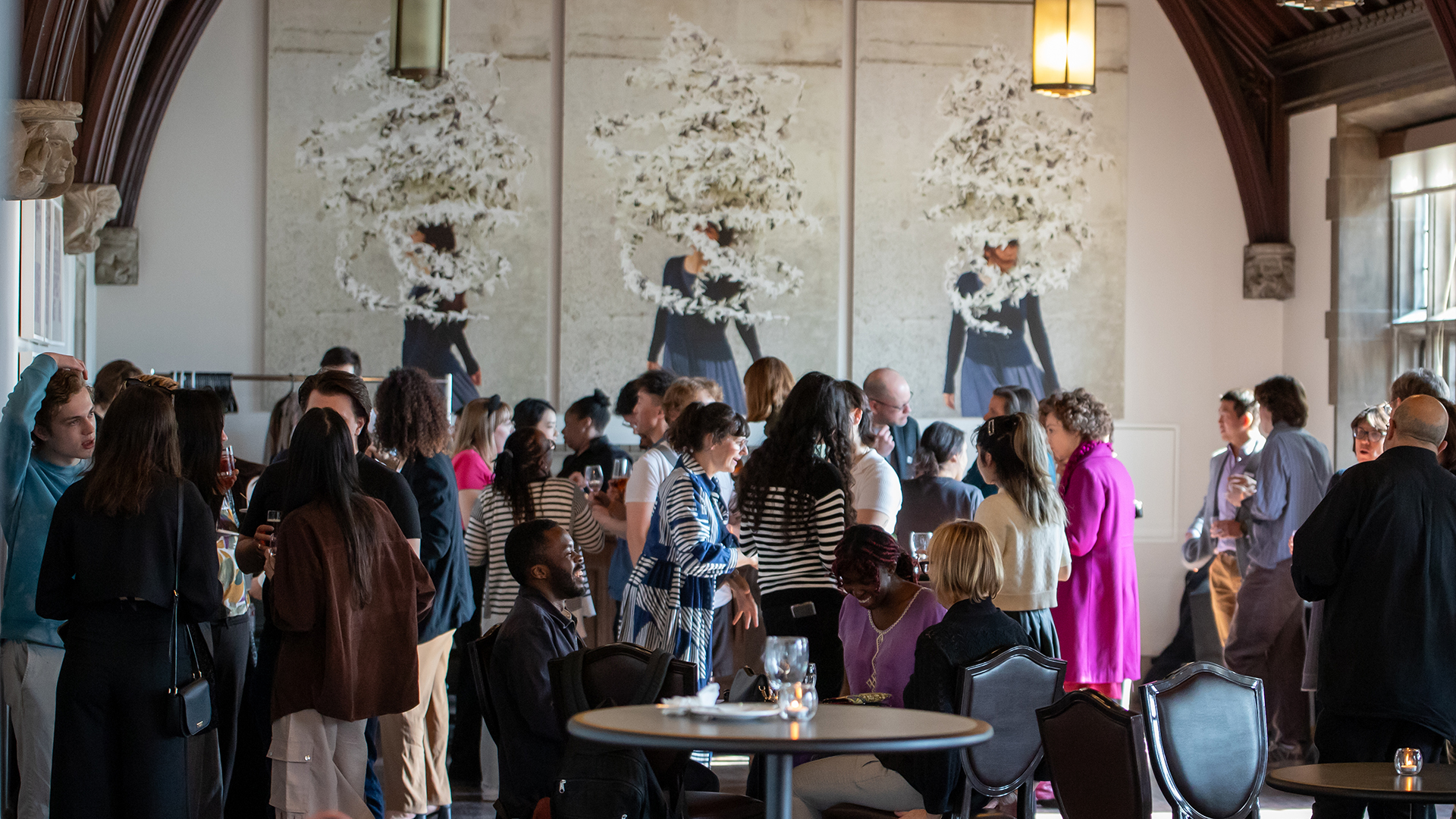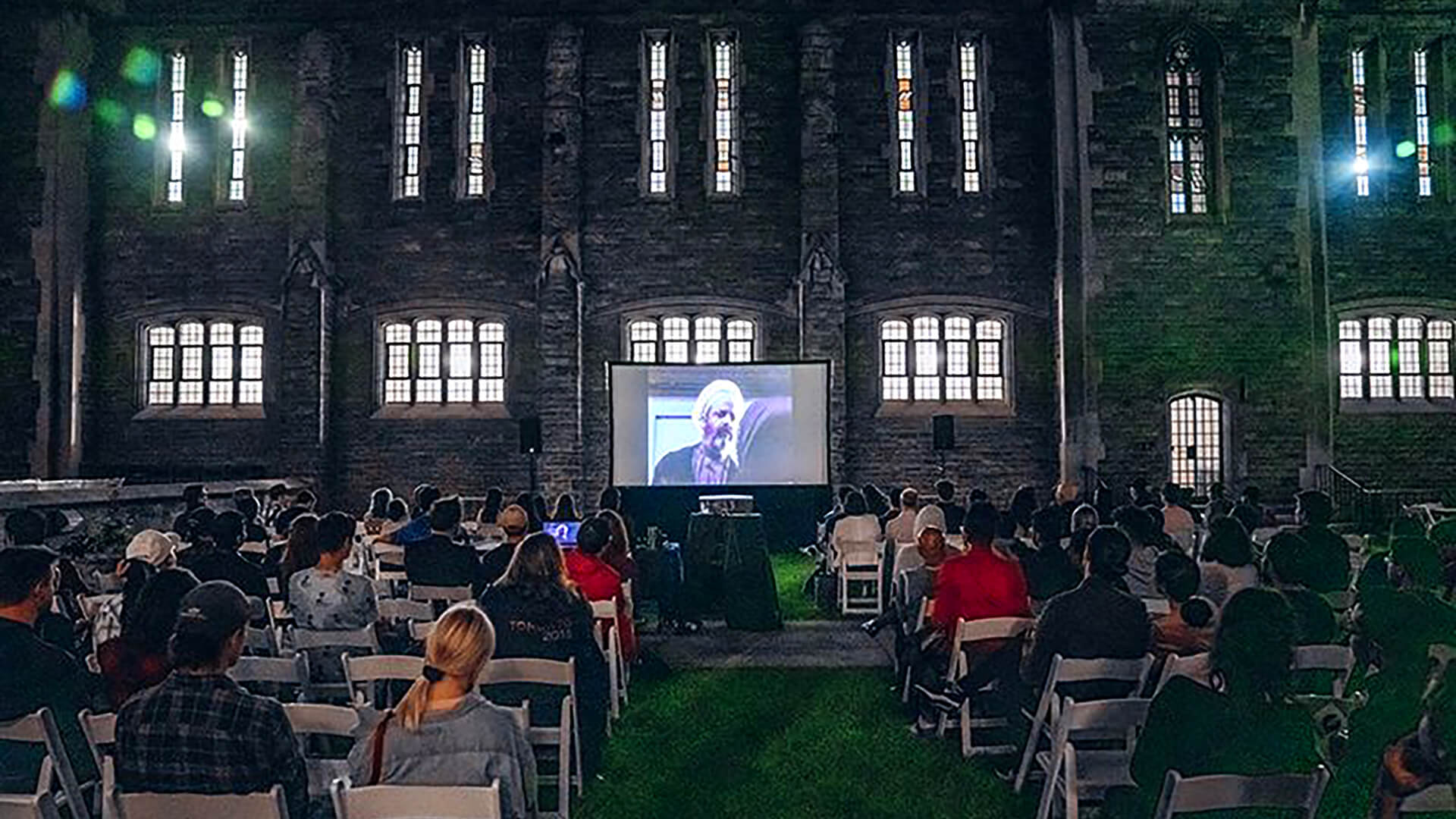
Michelle Brownrigg’s calling has always been clear. While CEO of Active Healthy Kids Canada, she motivated children and adolescents to get moving with “Report Card on Physical Activity.”
What does receiving the Ronald G. Calhoun Science Ambassador award mean to you?
One of the things I’ve spent a fair chunk of my career doing is working in that space in between academic and non-academic institutions. I’ve never been a lead researcher myself, but I’ve always been interested in the application of research and better capturing what we can learn from communities to make change. Within the post-secondary environment, those two worlds are very separate and the ways people are recognized are very separate.
This award from Partners in Research suggests that there there’s a role for the connector—that person in between the academy and the community who facilitates research and strengthens programming to better utilize research. I also find it exciting that the there’s specific recognition given to public health in an environment that’s otherwise very STEM (science, technology, engineering and mathematics) based.
Can you talk to me about your approach to wellness programming and what you find to be the cornerstone of its success?
I have a fundamental deep belief that meaningful work is grounded in partnership, because we accomplish more when we bring people together around a particular issue. My most meaningful experiences have involved working with partners to take a comprehensive look at something from different lenses of experience or expertise. When that’s done, you always get a better result.
In part, this award recognizes a national and international Report Cardthat was initiated to support increasing physical activity for children and youth—something no one was talking about when we began. Numerous partners in research, public health, programming and community took data that was just sitting in peer review journals and shaped it into a compelling public and media advocacy strategy to drive action. To make a real impact, you have to form partnerships with others to leverage your different strengths.
Which key initiatives, either at the Faculty of Kinesiology and Physical Education or at Hart House, are you especially proud of?
MoveU was exciting because we know that by the time people come into the university, particularly young women, they’ve already started deactivating. In fact, physical activity levels begun to decline after the age of ten, especially among girls and young women. So, how do you use the environment of the University to motivate, particularly when students pay ancillary fees for physical fitness activities and spaces, but don’t utilize them? How do we get people reengaged with the idea of being active?
MoveU relied on the strength and talents of different types of professionals, but most importantly, it relied on productive conversations with students about what it meant to them to be happy, healthy, and well. That’s very exciting, because it’s driven by student input and helped inject health and wellness into the culture across all three campuses.
The Change Room Project speaks to another key piece. Initiatives are most effective when they take a perspective grounded in equity: who is not engaging, who doesn’t feel like they can engage, and why. Research, in-class learning, and community based programming resulted in an activist art exhibition that is still resonating in a very poserful way. It is still generating dialogue, policy discussion and programming with respect to the particular experiences of LGBTQ-identified students in physical activity programming and facility spaces on all three campuses.
Report Card, MoveU and Change Room all take an equity lens to the engagement process and look at equity disparities where race, gender and income are concerned. They look at who is most vulnerable, because if you support who is most vulnerable you elevate the boat for everybody—that’s most exciting of all.
How is Hart House uniquely positioned to respond to these challenges, and how do you envision Health and Wellness evolving at Hart House in the future?
Within the realm of community health and population health we tend to segment things. It’s an environment where you compete for resources and funding to improve health and wellness, and decisions are made about whether money is given to nutrition, physical activity or arts programs when all of these things are important.
As a hub of arts and culture, social justice, debate and dialogue, and recreation and wellness, Hart House stretches the full spectrum of what contributes to an overall sense of purpose and wellbeing. It’s one of the reasons I came here. Hart House is known for its fitness centre, but I think what’s exciting now is the potential to play a leadership a role in delivering programs that support overall wellness help to reframe what wellness is beyond traditional concepts of “health.”
There’s also the potential to work with more researchers and academics to facilitate learning at Hart House because what we do aligns with the advancements that our academic colleagues are trying to make, as well as the academic and civic advances our students want to see in the world around them. We have the opportunity to redefine what it means to have a healthy campus and how, consequently, a healthy campus contributes to a healthy society.
Tell us more about your experience at the Partners in Research Awards ceremony in Ottawa?
It was striking to be in a room of scholars and up-and-coming geniuses. Half the audience was comprised of high school students participating in science competitions—16 to18 years old and they’re working on initiatives to address ALS, right through to advances in the world of computer coding. It was overwhelming to be in a room where that young, dynamic energy is really impacting science to affect change.
I wasn’t the only U of T recipient. Michael Cusimano is a neurologist and physician who teaches in the medical school. He was there to receive the Biomedical Science Ambassador Award and I was pleased that Michael commented on the importance of inreach and outreach, and how we can’t just reward people for scientific advancement achieved through competition.
He really impressed upon everyone in the room is more than just the advances you make; it is also the discussions you have to move things forward in the local community. His words resonated with me, because I think Hart House is uniquely positioned to play that very role.



